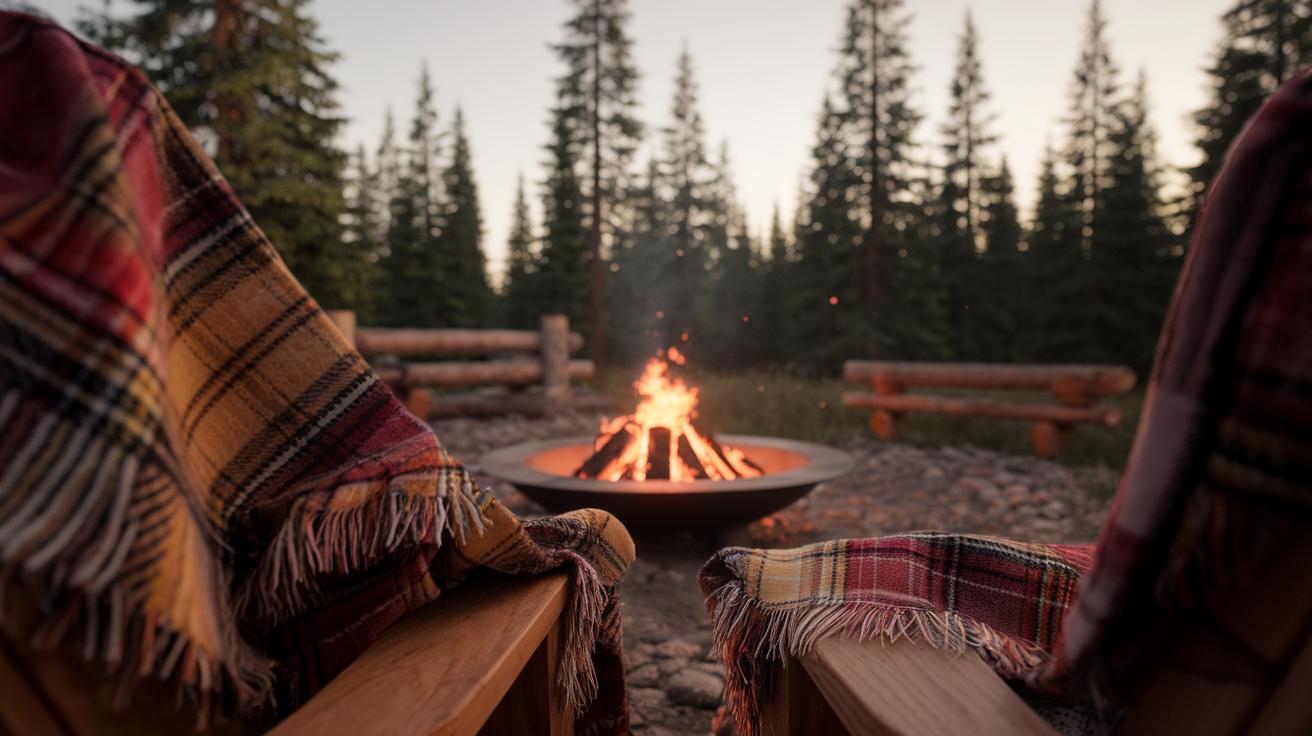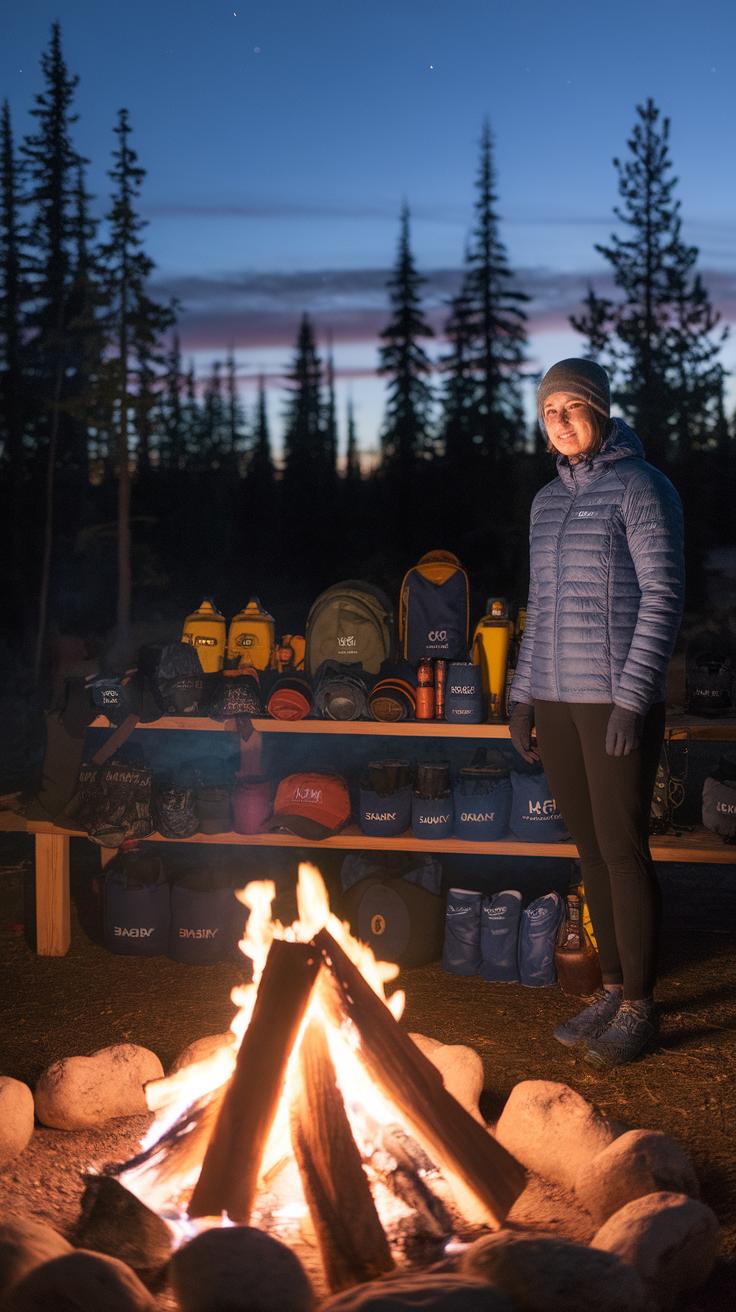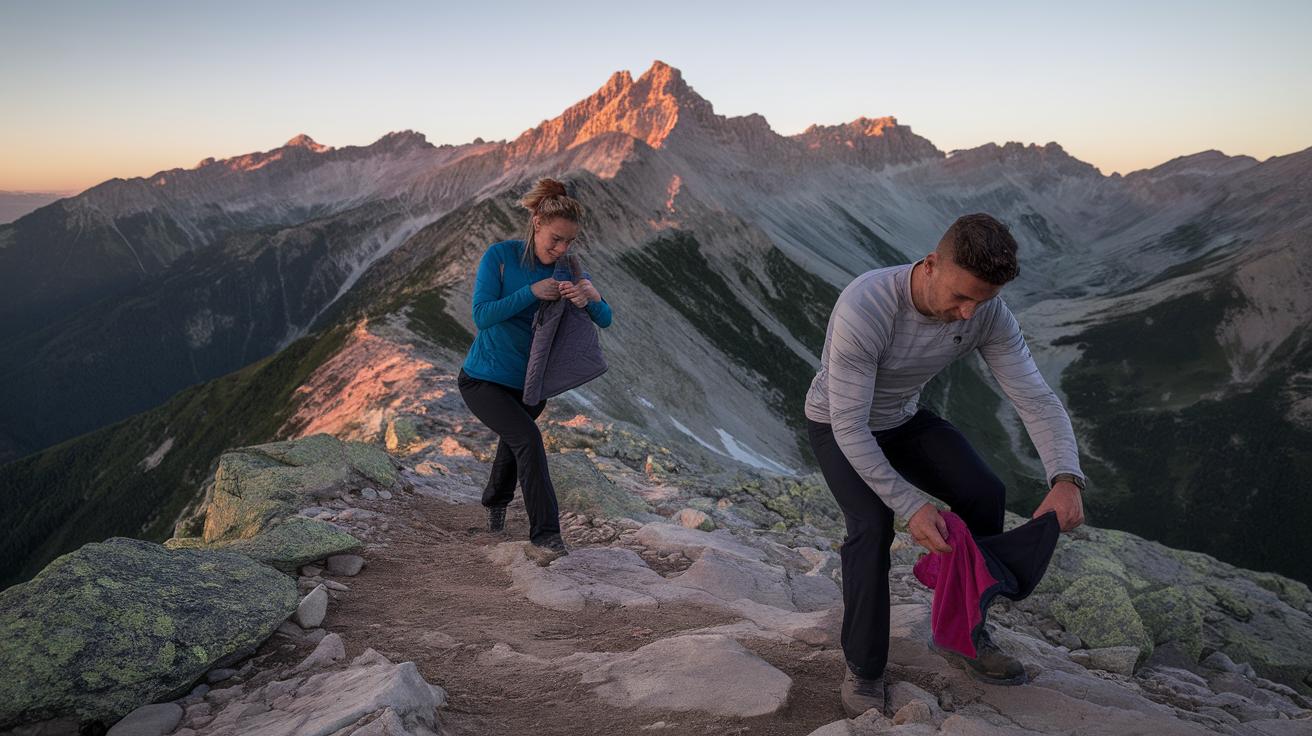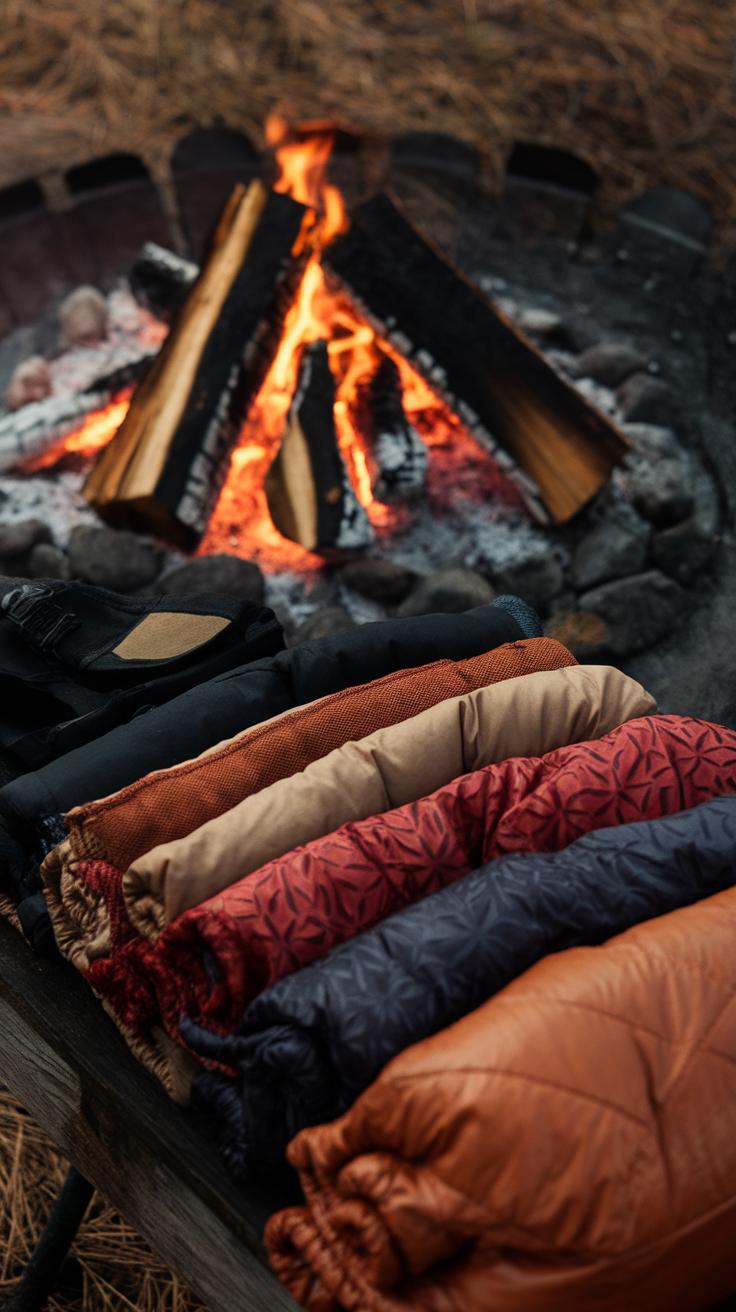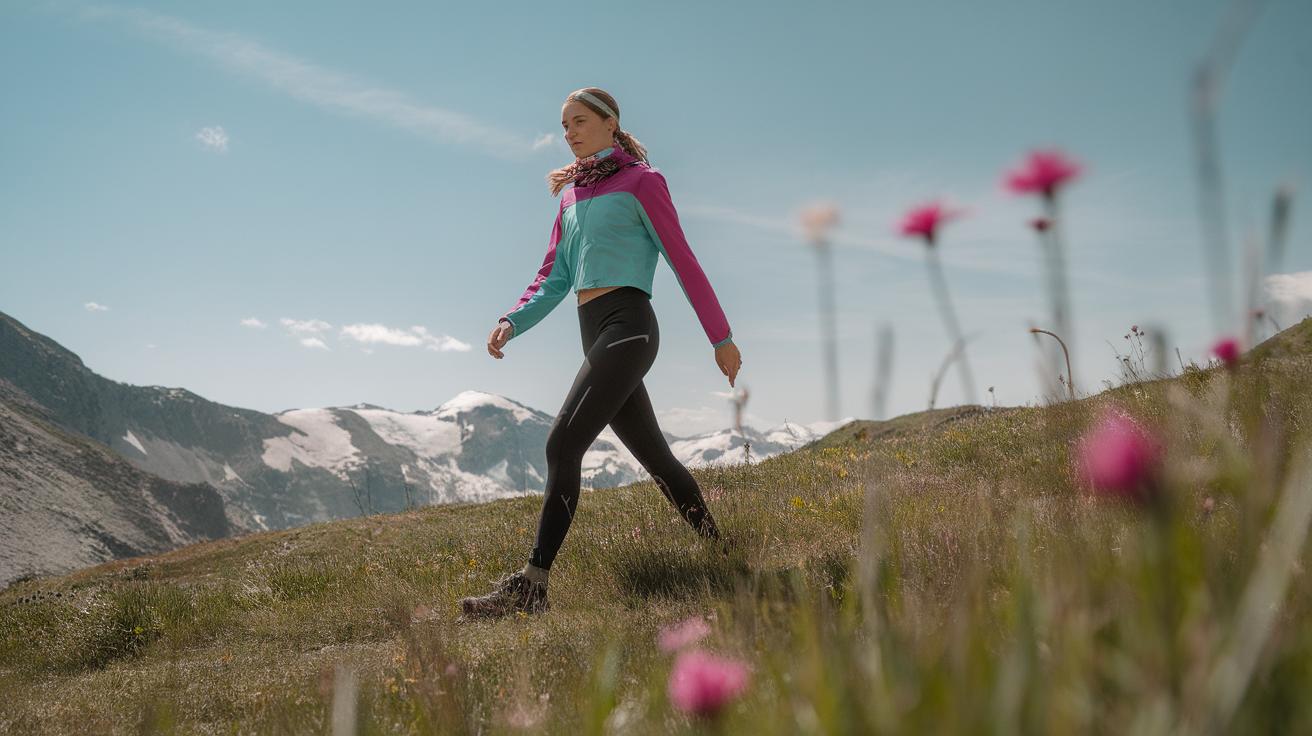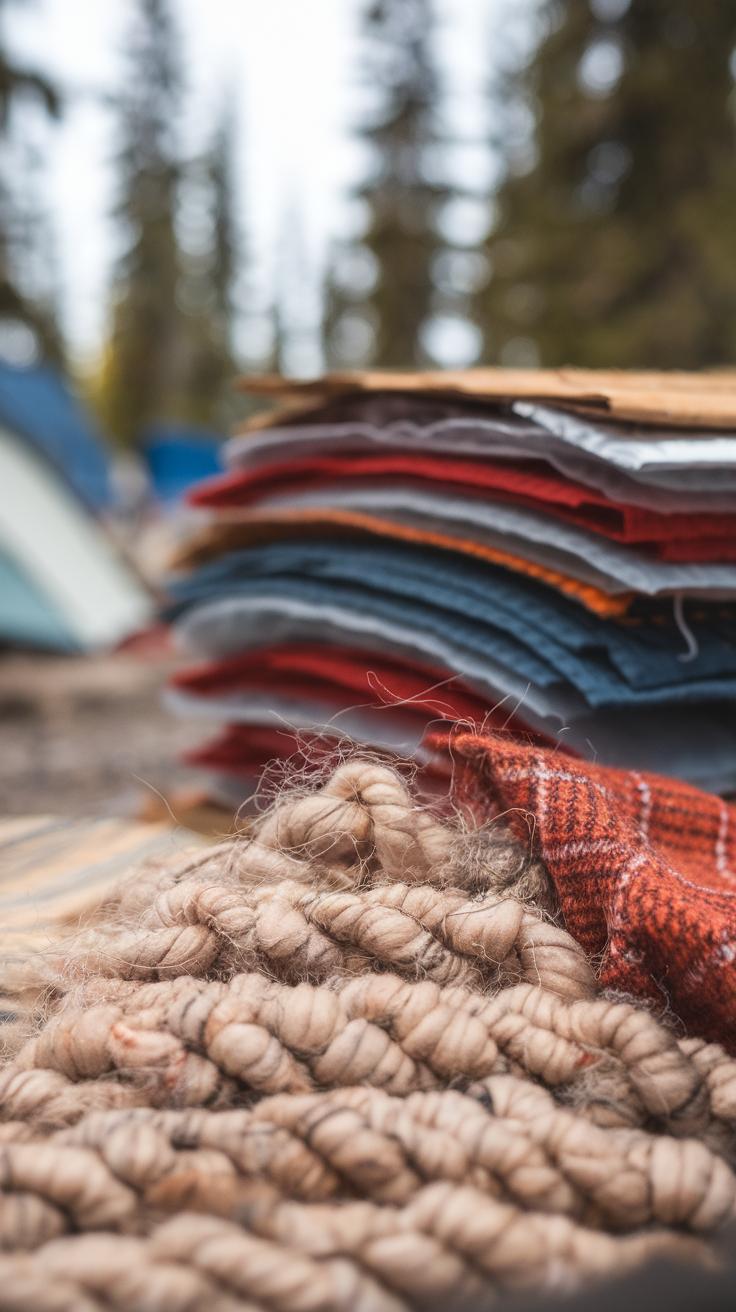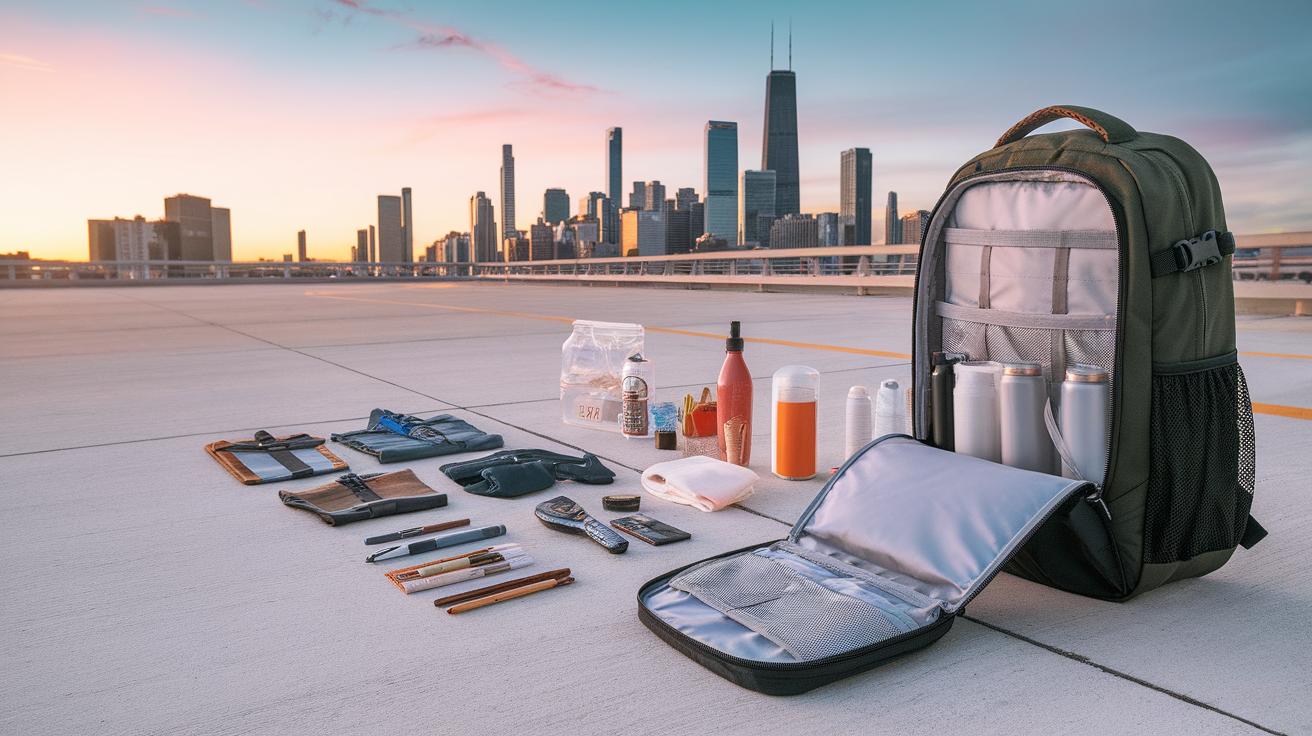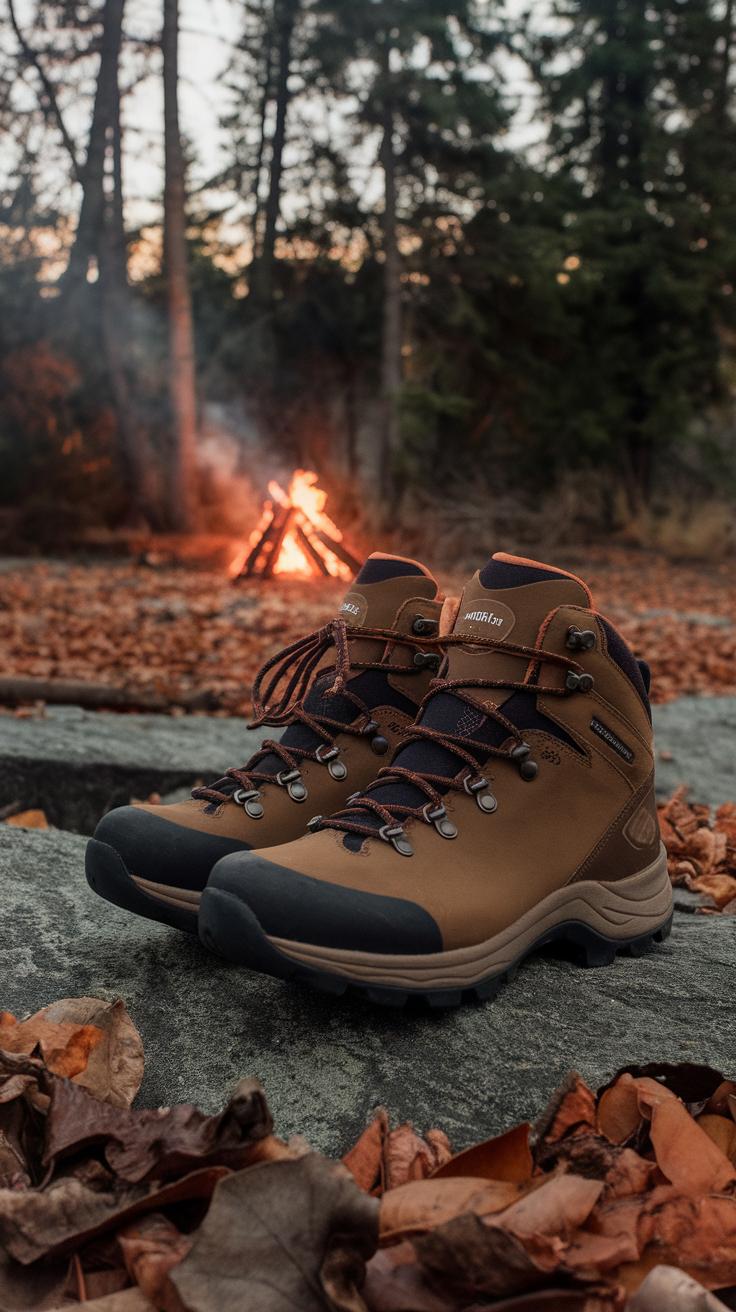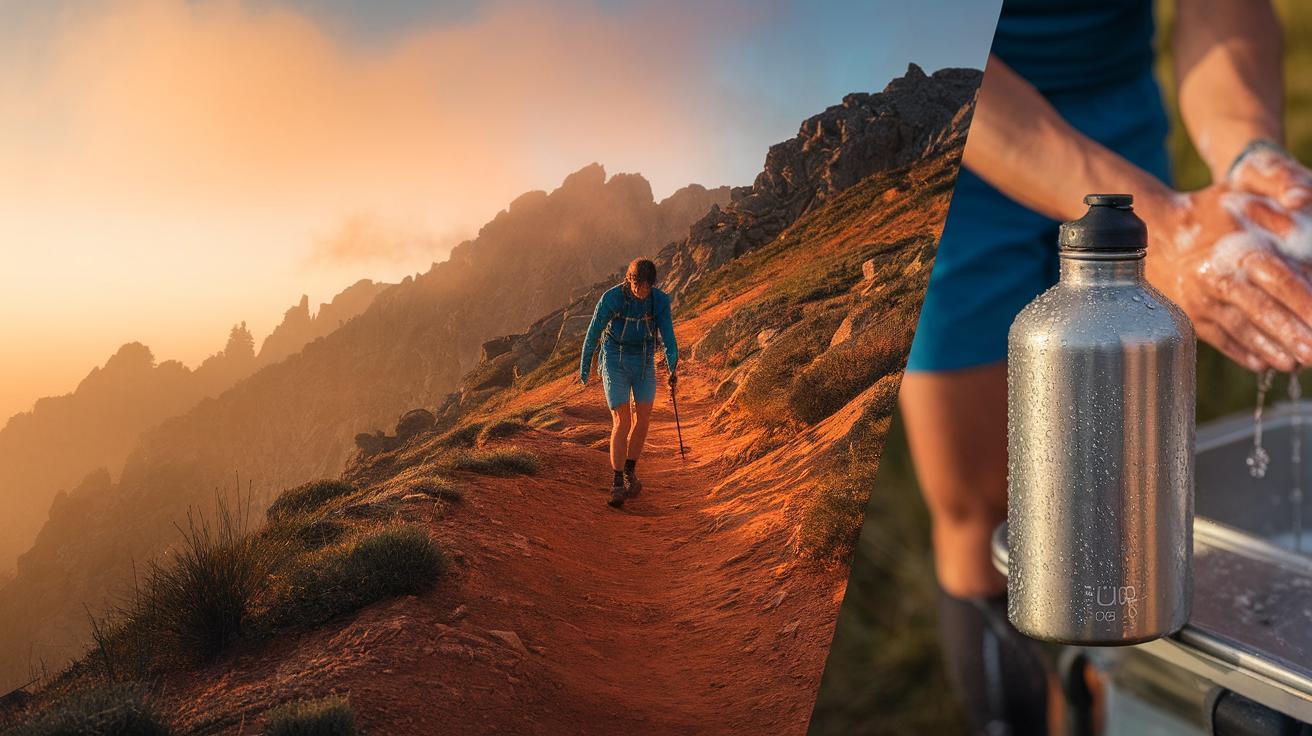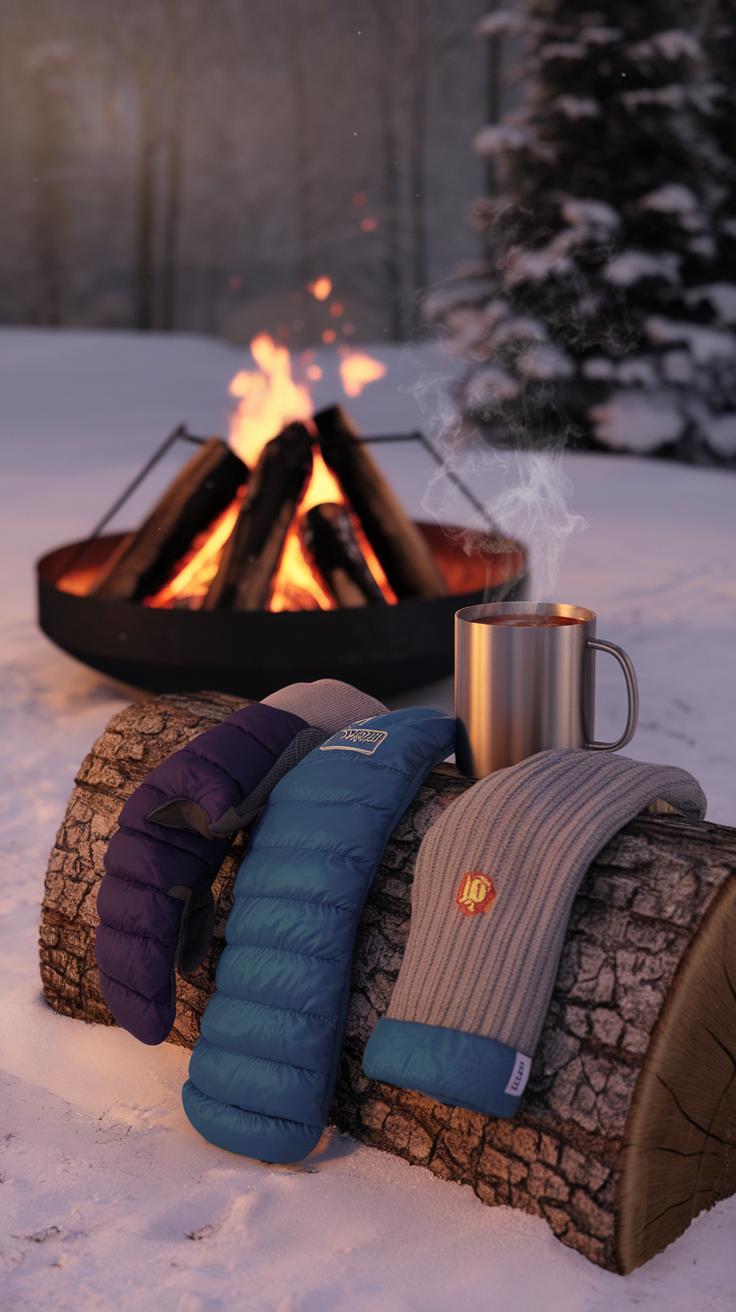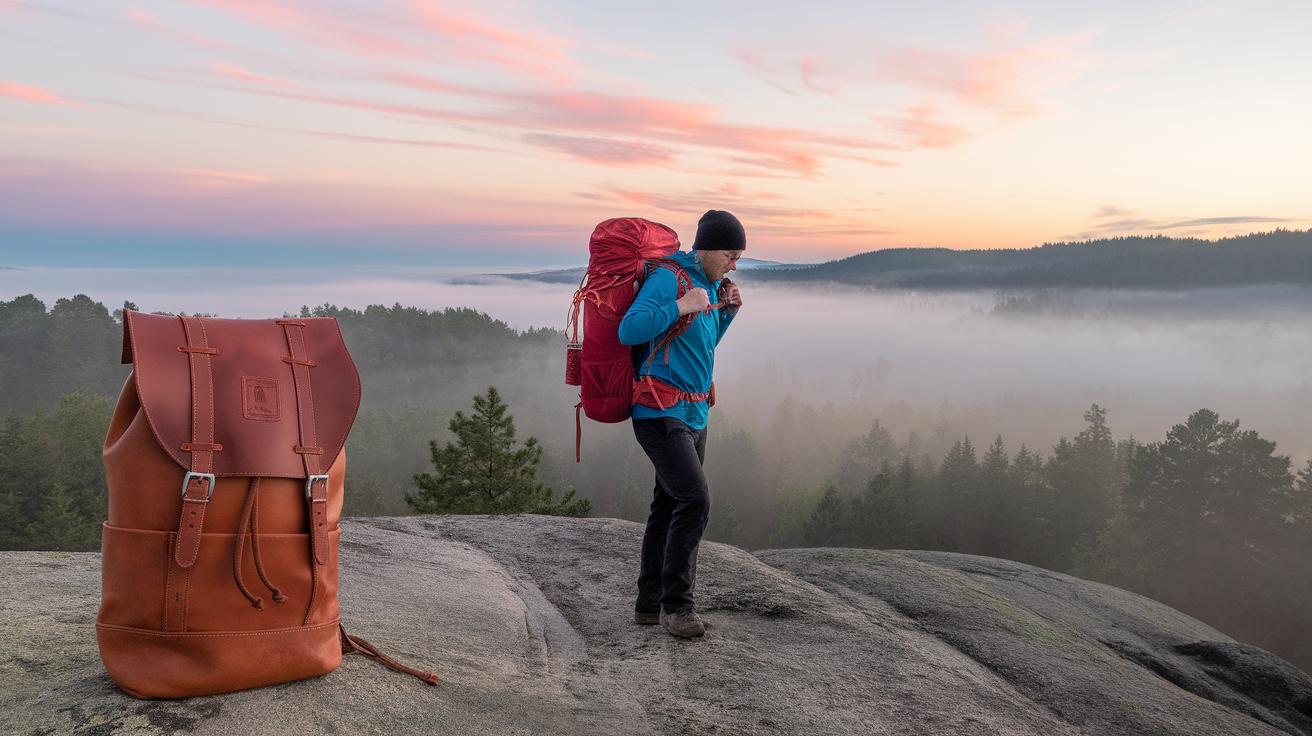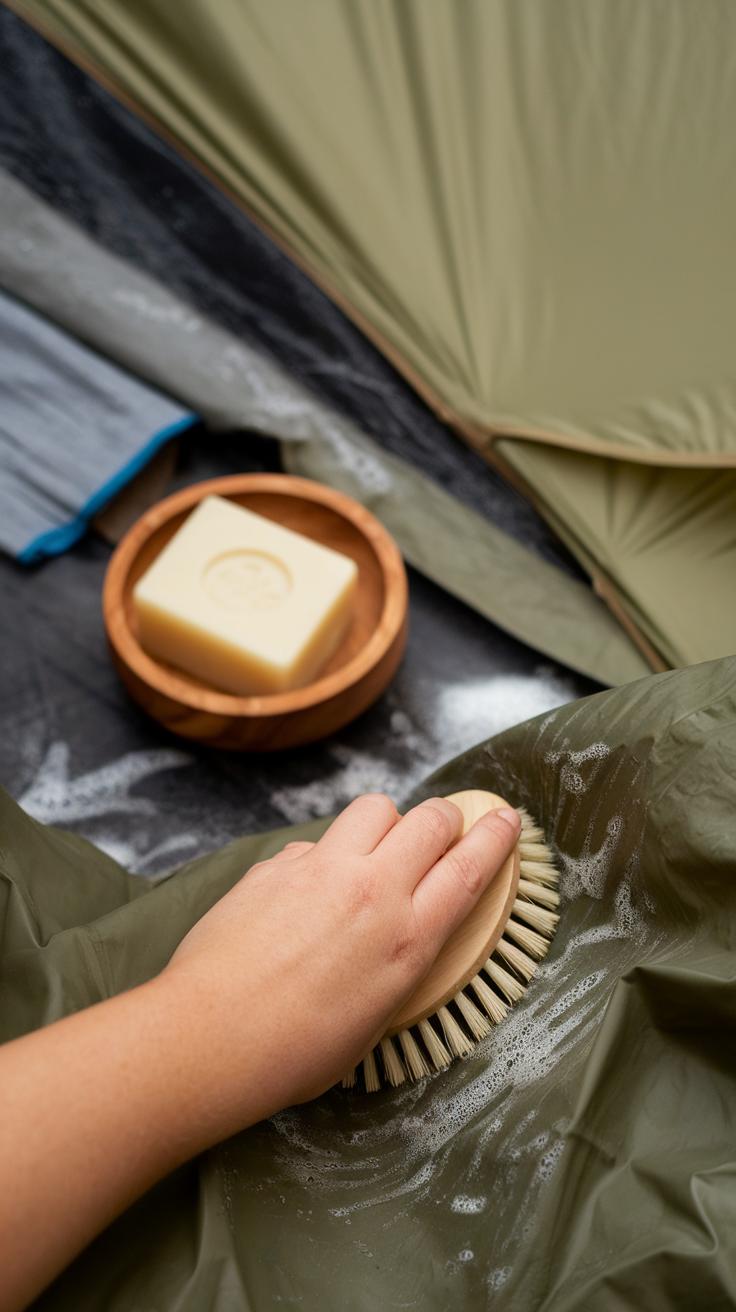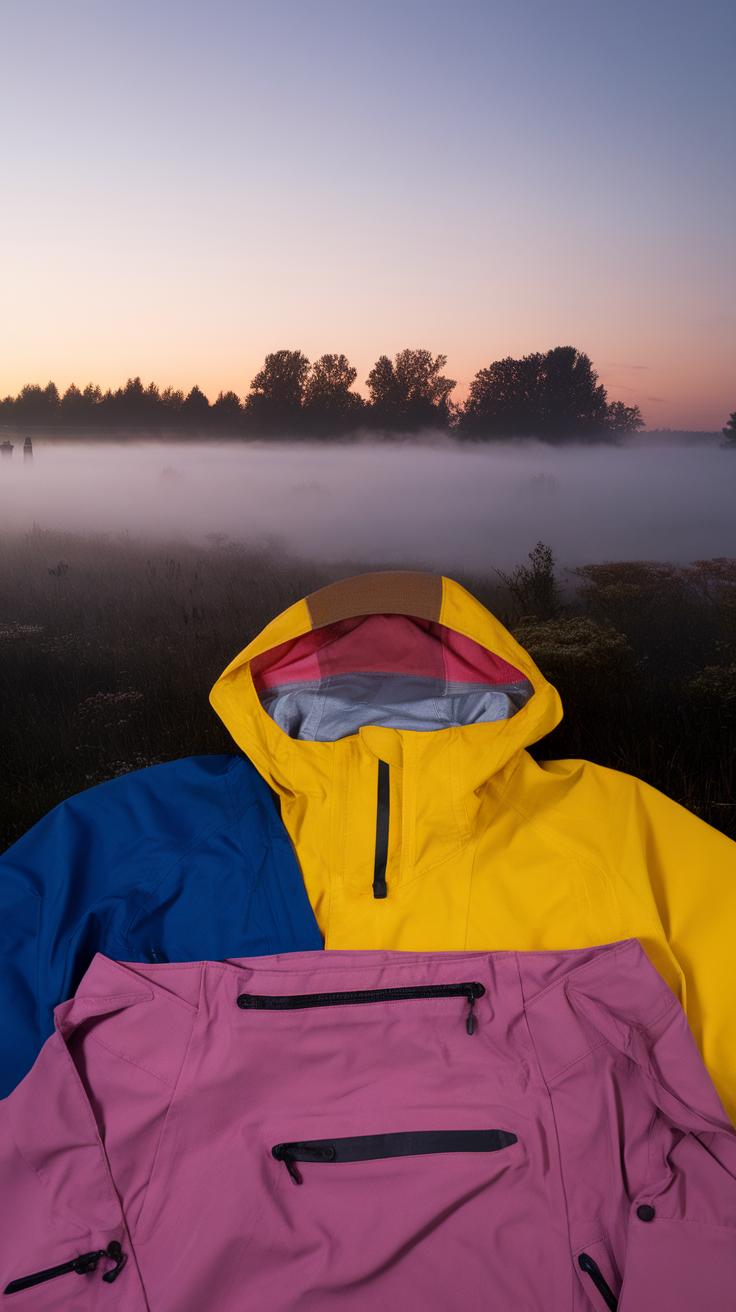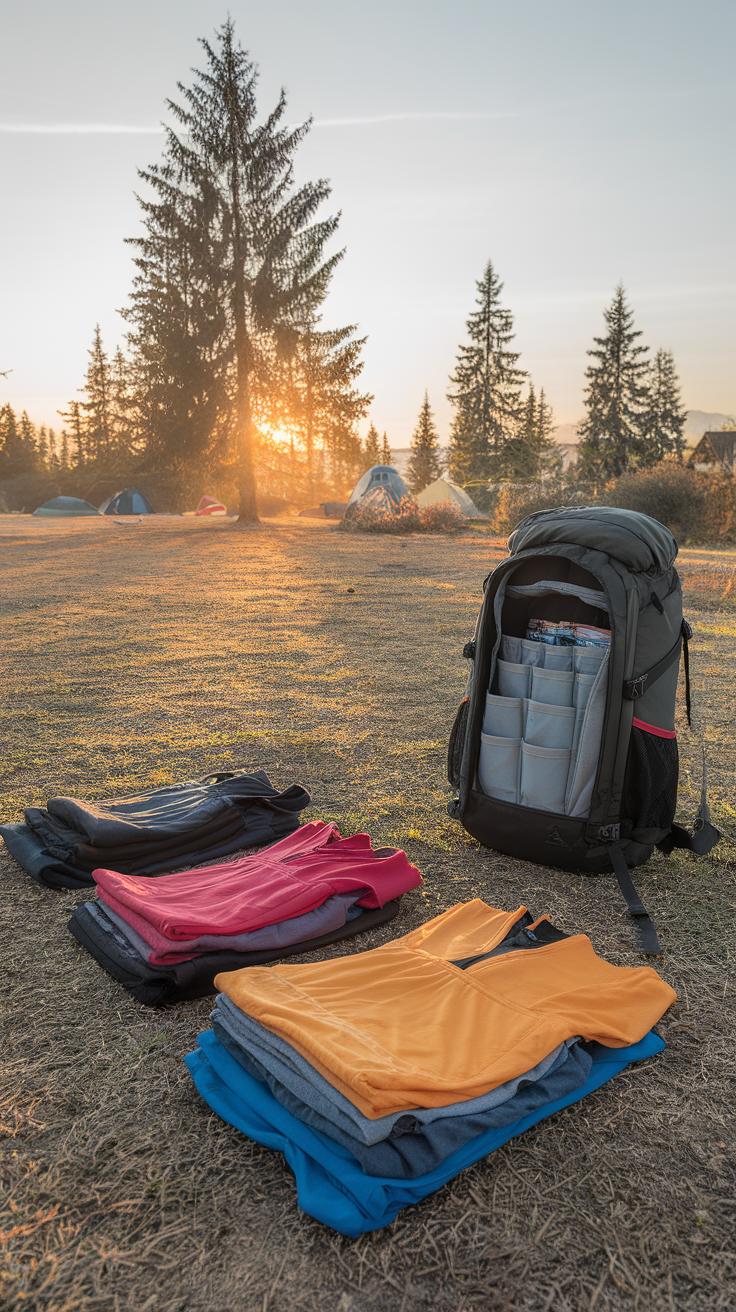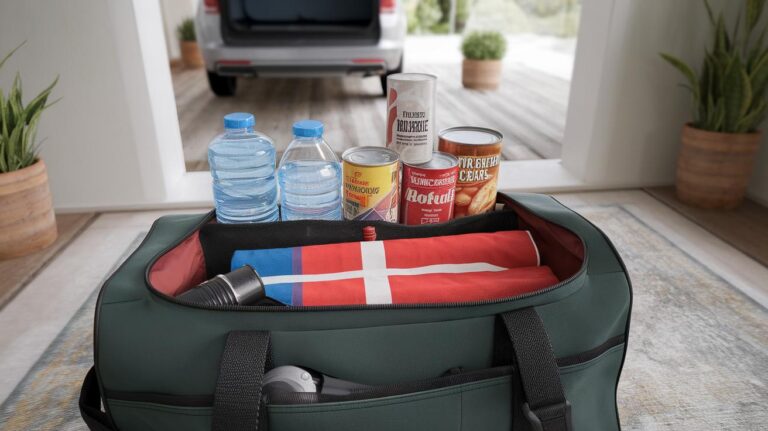Introduction
Camping offers a unique chance to enjoy nature and unwind from daily routines. Your camping fit, or what you wear while camping, plays a big role in your comfort, especially near the campfire. The right clothing keeps you warm, dry, and safe from bugs and rough weather while enhancing your outdoor experience. Choosing comfortable, functional, and weather-appropriate outfits puts you in control, helping you stay cozy throughout your camping stay.
Many campers overlook clothing’s impact on their comfort by the fire, which can cause discomfort and distract from the relaxing setting. This article will guide you in creating camping fits tailored for comfort by the campfire. You’ll find ideas on layering, selecting fabrics, and picking footwear. Whether you camp in cool or mild weather, these tips ensure you enjoy every moment around the fire, wrapped in warmth and ease.
Understanding the Importance of Camping Fits
Your choice of camping clothes influences how comfortable you feel around the campfire and how safe you stay. Wearing the right fit helps maintain your body temperature by trapping warmth close to your skin without restricting movement. Fit matters because too-tight clothing can block blood flow and make you cold, while too-loose clothes might let cold air inside or get caught on branches.
Comfort affects how well you enjoy your time outdoors. Clothes that fit properly let you bend, sit, and move easily when gathering firewood or cooking. They also protect you from bugs, dirt, and sparks from the fire. Proper camping fits can reduce the chance of accidents or discomfort, especially after dark when temperatures drop and darkness hides obstacles.
Have you ever tried sitting by the fire in stiff jeans that don’t stretch? How did that affect your comfort? Choosing clothes designed for camping makes a big difference in your overall experience and safety by the fire.
Role of Clothing in Temperature Regulation
Your clothing acts as a barrier between your body and the outside air. It traps heat and helps keep you warm on cool camping nights. Near the campfire, even small temperature changes feel intense. Night air cools quickly, but fire heat is uneven. The right clothes balance these changes by letting your skin breathe while holding in warmth.
Materials like wool or synthetic fabrics wick moisture away from your skin, preventing chills caused by dampness. Cotton might feel soft but holds sweat and loses heat fast. Clothes that manage heat well keep your body temperature steady, stopping you from shivering or overheating near the fire.
Ask yourself: Does your clothing keep you warm when the fire’s low? Or do you feel cold as soon as the flames die down? Choosing clothes that regulate temperature helps you stay comfortable through fluctuating conditions.
Impact of Clothing on Mobility and Safety
Moving freely around your campsite is essential. Clothes that fit well and stretch with your movements let you perform tasks easily, like setting up a tent or collecting firewood. Bulky or restrictive clothing can slow you down or cause accidents.
Safety near a campfire means avoiding materials that catch fire easily. Synthetic fibers like nylon can melt if exposed to sparks, causing burns. Natural fibers like wool and cotton are safer near flames because they resist burning or melt less quickly.
Have you checked whether your clothes allow you to move without discomfort? Do they contain materials that stand up to sparks and heat? Picking clothing that supports both movement and fire safety is a practical step to protect yourself during nights by the fire.
Layering Essentials for Campfire Comfort
Choosing how to layer your clothing makes a big difference when sitting by a campfire. Layering lets you stay warm without sweating too much. You want to be able to add or remove pieces as the temperature changes around the fire.
Start with a close-fitting base layer. Then add an insulation layer to trap heat. Finally, top it with an outer shell that blocks wind and rain. Each layer has its job. Together, they help keep your body heat inside while letting moisture escape.
Imagine sitting by the fire in the evening chill. As the night cools, you add a fleece or down jacket. If a breeze picks up or if it drizzles, you put on your shell. When the fire blazes hot, you can peel off the outer layers to stay comfortable. What layers do you already own that fit these roles?
Choosing the Right Base Layer
Your base layer controls how dry or damp you feel. Choose fabrics that pull sweat away from your skin. Materials like merino wool or synthetic fibers work well. They help you avoid feeling sticky or cold from dampness.
Pick something snug but not tight. A good base layer moves moisture out and helps regulate your body temperature. Have you noticed how cotton feels heavy and wet when camping? Switching to wool or synthetics keeps you comfortable through the night.
Try different base layers before your trip to see what suits your activity level and climate best. Do you tend to get warmer or colder around the fire? That answer helps guide your choice.
Insulation and Outerwear Options
The insulation layer traps heat close to your body. Fleece, down, or synthetic insulated jackets offer good options. These materials hold warmth even when slightly damp.
Your outer shell protects against wind and rain. Look for lightweight, breathable jackets with water resistance. This layer should stop cold air from reaching your insulation while letting sweat escape.
Wearing all three layers lets you adjust your fit easily. Too hot near the fire? Take off your shell or insulation. Feeling the chill? Add them back on. Do you already have an outer shell that balances weather protection with breathability?
Fabric Choices for Durability and Warmth
Selecting the right fabric for camping fits near the fire affects your comfort throughout the night. Fabrics should hold warmth, resist wear, and dry quickly after a night’s dampness without adding bulk. Thick cotton may feel soft but holds moisture and cools you down fast. On the other hand, merino wool offers warmth and breathability, which keeps you dry and cozy even if you sweat. Synthetic fabrics like polyester and fleece dry faster and handle rugged use well, but may trap odors over time.
When picking fabrics, think about how they handle heat and moisture near the fire. Do you want garments that wick sweat away while trapping in warmth? Can you manage extra layers if one material feels heavier? Choosing fabrics that balance durability with comfort prevents chills and keeps your campfire nights relaxing without extra weight to carry.
Natural vs Synthetic Fabrics
You might wonder if natural or synthetic fabrics suit camping better. Wool is excellent for warmth and remains insulating when wet. It also resists odor better than many synthetics, making it ideal for long trips. However, wool can be expensive and takes longer to dry. Synthetics like polyester dry quickly and resist tearing but may hold odor and sometimes feel less breathable.
Fleece, a synthetic option, provides good insulation without heaviness. Natural cotton is comfortable but not ideal near the fire because it absorbs water and cools quickly. For camping fits, mixing these materials lets you gain benefits from both. Would you prioritize quick drying and lightness, or warmth that lasts even when damp? Your choice depends on your trip details and weather.
Layer Fabric Combinations
Combining fabrics in layers helps you adjust to changing temperatures and conditions by the fire. Wear a moisture-wicking synthetic base layer to keep sweat off your skin and prevent chills. Over that, add a wool or fleece insulation layer for warmth without bulk. When it’s windy or rainy, an outer shell made of a water-resistant synthetic fabric seals in heat and blocks the chill.
This method lets you shed or add layers easily as the night cools or warms. For example, pairing a merino wool mid-layer with a polyester base manages moisture and heat efficiently. You don’t want all layers to be the same fabric; mixing them improves comfort and durability. How might layering different fabrics change your experience around the campfire? Try testing your combos before your next trip for best results.
Footwear Choices for Stability and Warmth
Your footwear plays a key role in staying comfortable and safe during camping trips. Choosing shoes that provide firm support and protection matters when walking on uneven ground near your campsite or around the fire. Shoes with a strong sole shield your feet from sharp rocks, roots, or damp patches that could cause slips or injuries.
Cold nights demand footwear that also keeps your feet warm. Without proper insulation, cold feet can disrupt your ability to relax and enjoy the fire. You want shoes that balance durability with insulation so that your feet stay stable and cozy after dark. Do your shoes feel secure when you step on rough terrain? Ask yourself if they offer enough protection for chilly, rocky conditions.
When you pick the right footwear for camping, you reduce the risk of foot pain and slipping, which lets you focus on enjoying your outdoor experience comfortably. Consider how your feet will react to the landscape and chilly air to find the best match for your camping needs.
Selecting Boots for Support and Insulation
Boots with good ankle support keep your feet steady on rocky or uneven trails. High-top boots prevent rolling your ankle, which can happen easily while hiking or moving around a campsite. Look for boots with a sturdy structure that fits snugly but not too tight.
Wool or synthetic insulation inside boots helps trap heat during cold nights. Make sure insulation materials are evenly distributed, especially around toes, where you feel cold first. Insulated boots also protect your feet from damp ground when sitting by the fire.
Try your boots before a trip to check the fit and warmth. You might also want boots with waterproof features if your camping spot is near water or in wet conditions. Remember, a well-chosen boot supports your feet, keeps heat in, and helps you walk safely in the wild.
Alternative Footwear for Different Conditions
If you camp in milder or wetter climates, insulated boots might not always suit the terrain or temperature. For damp or muddy areas, waterproof shoes with breathable membranes work well to keep your feet dry without overheating. These are lighter and easier to move in around the fire or on short hikes.
Insulated shoes provide warmth but are less bulky than boots. They are good for times when stability is important but the terrain isn’t too rough. Water-resistant sneakers can offer enough grip and comfort if you don’t expect harsh trails or deep mud.
Consider the weather and your planned activities when choosing between boots, insulated shoes, or water-resistant options. The goal is to balance warmth, dryness, and stability comfortably for your specific camping environment. What kind of footing will you face at your campsite tonight?
Accessories That Enhance Camping Fits
Importance of Head and Hand Coverage
Your head and hands lose heat faster than many other parts of your body. Covering them well helps keep your whole body warmer during cold nights. When your head is exposed, you can lose up to 50% of your body heat. Wearing a hat or beanie blocks that loss. Gloves protect your fingers from getting stiff and numb, which makes tasks like handling firewood or cooking much harder. Scarves or neck gaiters create a barrier against chilly air, preventing cold air from sneaking in around your collar. Without this coverage, you risk uncomfortable cold and even frostbite in harsh weather. What could be more important than keeping the parts of your body that lose heat quickest snug and warm?
Practical Accessories for Ease and Function
Look for accessories that are light and easy to pack. Thin wool or synthetic gloves offer warmth without bulk and fit well inside your jacket pockets. A fleece or merino wool hat packs small but makes a big difference when the temperature drops. Scarves or neck gaiters made from moisture-wicking materials keep you warm and dry, even if you sweat. Some options roll into compact sizes, freeing space in your bag. Choose pieces you can slip on and off quickly, depending on how close you are to the fire. Are you carrying extra weight that doesn’t add warmth? Eliminating bulky items means you stay comfortable without feeling weighed down.
How to Care for Your Camping Clothes
Your camping clothes face tough conditions, from dirt and sweat to rough terrain. Taking care of them extends their life and keeps them working well. Always remove mud or debris before washing. Hand wash or use a gentle cycle with cold water to avoid damaging fabrics.
Choose mild detergents made for outdoor gear. Regular soaps or bleach can ruin water-repellent coatings and insulation. Avoid fabric softeners since they block moisture transport and reduce breathability.
After cleaning, dry your gear correctly. Air drying works well for most pieces, but some insulated items may benefit from low-heat drying to restore loft. Check care labels before using any heat.
After your trip, allow clothes to dry fully before storing. Store them loosely in a cool, dry place away from sunlight. Avoid compressing insulated layers or packing wet clothes, as this can degrade fabric performance.
Have you noticed how quickly a damp jacket loses warmth? Proper care helps keep your gear reliable. Your camping clothes aren’t just apparel; they are tools for comfort by the fire.
Washing and Drying Tips for Outdoor Fabrics
Outdoor fabrics like moisture-wicking synthetics, insulated layers, and water-resistant shells need special care. Clean them with cold water to protect fabric fibers and coatings.
Use detergents designed for technical fabrics. They remove odors and stains without stripping essential properties. Avoid harsh chemicals that break down technical finishes and reduce effectiveness.
When drying, lay synthetic and insulated pieces flat or hang them in a well-ventilated spot. Some insulated gear improves loft with a short, low-heat tumble but follow instructions carefully.
Never iron or use high heat on water-resistant fabrics. Heat can melt coatings and cause permanent damage.
Do you check care tags on your gear every time? Following washing and drying guidelines preserves fabric function, so your clothes last longer and stay comfortable.
Storing Clothes Between Trips
Proper storage protects your camping clothes from damage during downtime. Make sure all garments are clean and completely dry before putting them away. Moisture can cause mold and odors.
Store insulated jackets and bulky layers without compressing them tightly. Hanging them or laying flat preserves loft and shape. Avoid plastic bags that trap moisture; use breathable fabric bags or bins instead.
For moisture-wicking and other synthetics, folding in a drawer or shelf works fine if they stay dry and aired. Keep clothes away from direct sunlight to prevent fading and fabric weakening.
Have you ever opened your gear bag to find a musty smell or fabric stuck together? Those problems often come from poor storage.
Caring for your gear between trips ensures your clothes perform as expected next time you settle by the fire.
Adjusting Your Camping Fit to Weather
When camping near a fire, your clothing should change with the weather. Check the forecast before you pack and prepare for swings in temperature. If rain or wind is expected, add a waterproof layer or a windbreaker. When the sky clears and it gets cooler, extra layers become essential. Think about your activity levels too; if you’ll be moving a lot, you might need fewer layers.
Always carry a versatile jacket that can handle temperature drops. Have a plan for removing or adding layers as the night progresses. You might start in a thermal shirt and add a fleece or vest. Keep gloves and a hat handy if the cold intensifies. How often do you monitor weather changes during your trip? Small adjustments can make staying warm a lot easier.
Dressing for Cooler and Windy Evenings
Cool or windy nights demand smart layering. Start with a moisture-wicking base layer to keep sweat off your skin. Add a warm middle layer like a fleece or wool sweater. Top with a windproof jacket to block cold air gusts. A jacket with a hood will protect your head and neck.
Don’t forget insulated gloves and a hat to trap body heat. Consider windproof pants or shell layers if you expect strong winds. Sometimes, a buff or scarf shields your face and prevents heat loss. Have you tested your layers at home to make sure they work well together against wind? Packing the right mix will keep chills away when the breeze picks up.
Handling Warmer Weather
Warm nights near the fire call for lightweight, breathable clothes. Choose fabrics like cotton blends or moisture-wicking synthetics to stay cool while avoiding sunburn or insect bites. Short sleeves and loose pants let air circulate around your body.
Bring a light jacket for when temperatures dip after sunset, but keep it thin and easy to carry. Don’t forget a wide-brim hat or cap to block direct sun if you’re setting up before dark. Have you packed quick-dry options that can handle both heat and the occasional evening chill? These clothes help prevent sweating too much, keeping you comfortable while still offering protection.
Getting Ready for Your Next Camping Trip
Choosing the right camping fit starts with focusing on comfort near the fire. Select layers that trap warmth but also allow easy movement. Think about clothes that dry quickly if they get damp. Test your outfit at home before you pack it. Does the jacket keep you warm? Can you sit close to the fire without feeling restricted? What about your shoes—will they hold up on different terrains?
Include extras like wool socks and a hat to protect against nighttime chills. Lay out your full outfit, including underlayers and outerwear, to confirm everything works together. Remember, comfort by the fire means you can relax and enjoy the evening without shivering or overheating.
Which items have reliably kept you comfortable in past trips? Use that knowledge to fine-tune your selections. Preparing your camping fit carefully reduces stress on your trip and helps you feel ready to settle in once the sun goes down.
Planning Your Camping Wardrobe
Start by checking the weather forecast for your destination. Will it be chilly at night or warm during the day? Pick clothing that suits those conditions. Choose layers so you can adjust as temperatures change.
Consider how long you will camp. For shorter trips, pack fewer items but prioritize versatile pieces. Long trips call for more options since you may not have laundry access. Also, think about your activities. Will you hike, sit by the fire, or both? Durable, breathable fabrics work well for mixed use.
Ask yourself which clothes have performed best in similar trips. What fabrics kept you dry and cozy? Reflecting on past experiences helps you identify the gear that meets your needs.
Packing Smart and Efficiently
Use packing cubes or separate bags to keep your camping fit organized. Assign one cube for base layers, another for outerwear, and one for socks and hats. This system makes it easy to find exactly what you need without unpacking everything.
Roll clothes tightly to save space and prevent wrinkles. Place heavier items at the bottom of your bag to keep it balanced. Consider packing a small laundry soap pack to freshen your layers during extended trips.
Keep frequently used items, like your fire-ready jacket or gloves, near the top of your pack. This strategy ensures quick access when the evening chill sets in. How could you arrange your gear to reduce time spent fumbling in the dark?
Conclusions
Choosing the right camping fit shapes your outdoor experience by providing comfort, warmth, and safety around the fire. Through careful selection of layers, fabrics, and accessories, you prepare yourself for the unpredictable outdoor environment. Being thoughtful about your clothing helps you focus on enjoying nature rather than battling cold or discomfort. Planning your wardrobe with your specific trip conditions in mind ensures every item supports your comfort and mobility.
Comfort by the campfire comes from smart clothing choices that adapt to changing temperatures and activities. By mastering layering, fabric use, and footwear selection, you manage your body heat and protect yourself effectively. Follow the guidance on care and packing to maintain your gear for many camping adventures. Your preparedness increases your confidence, allowing you to relax fully and make the most of your time outdoors by the fire.

